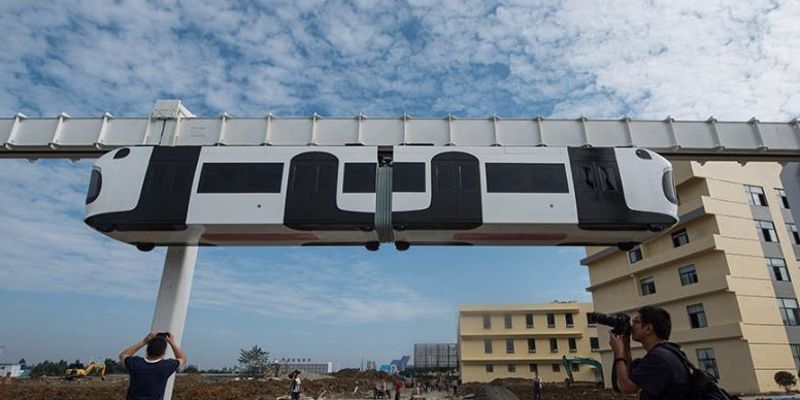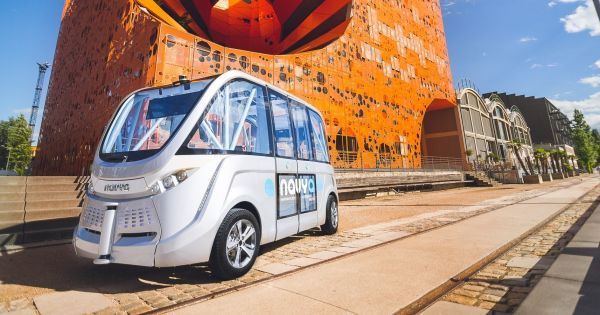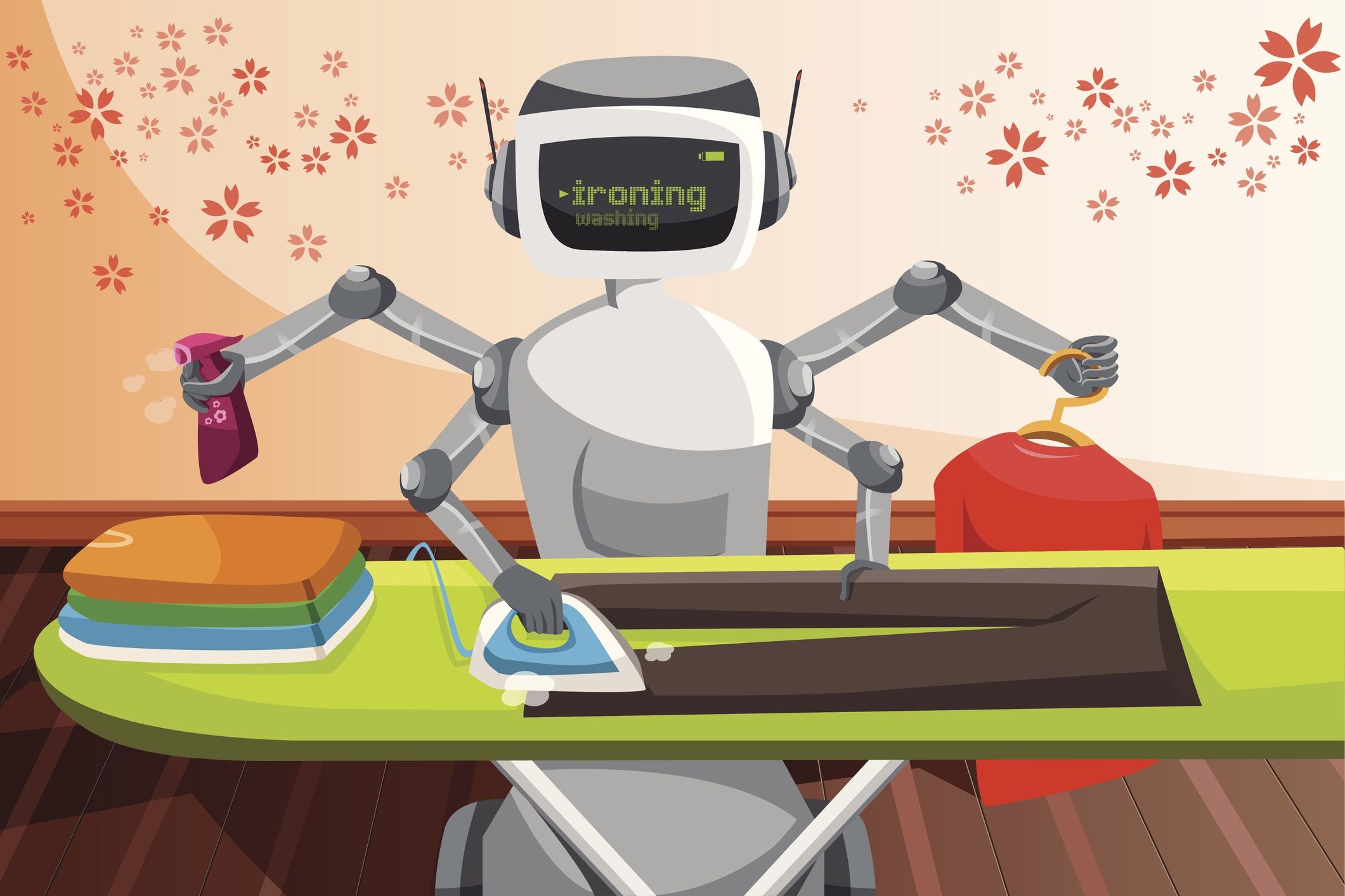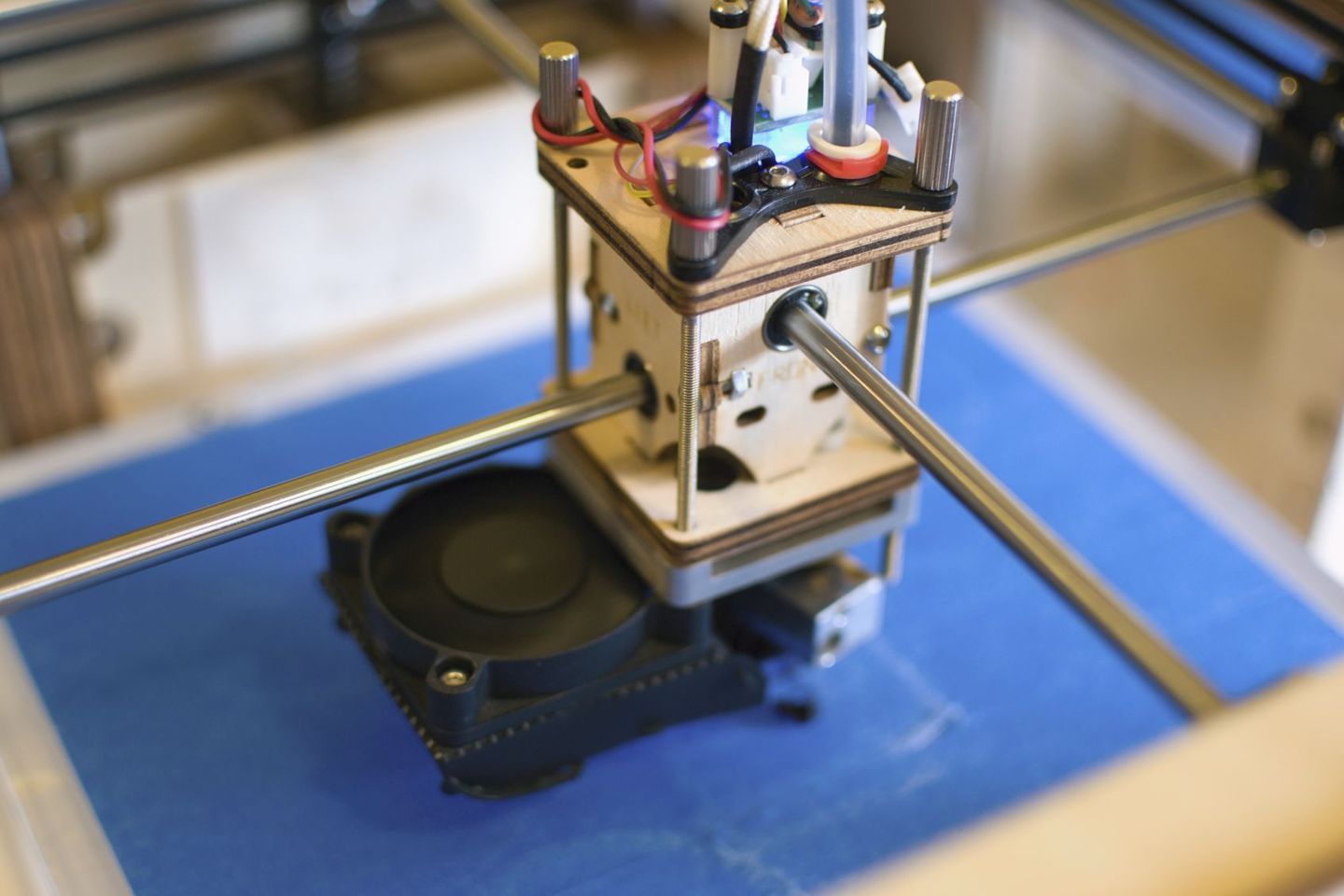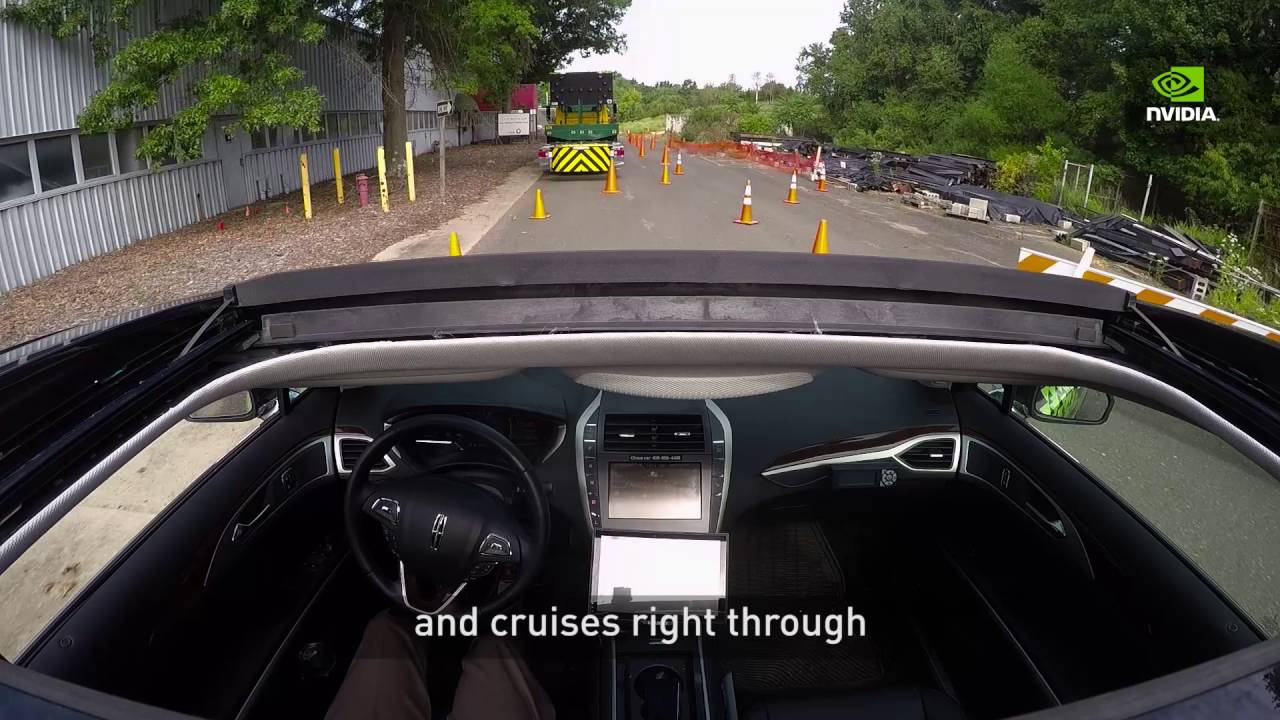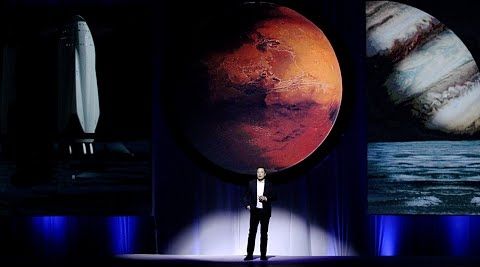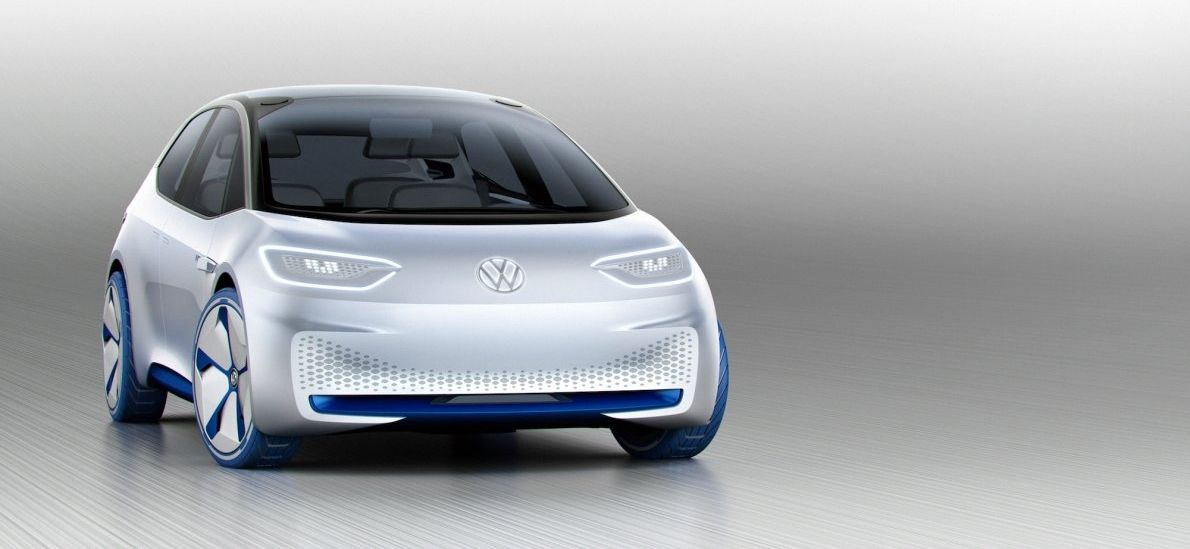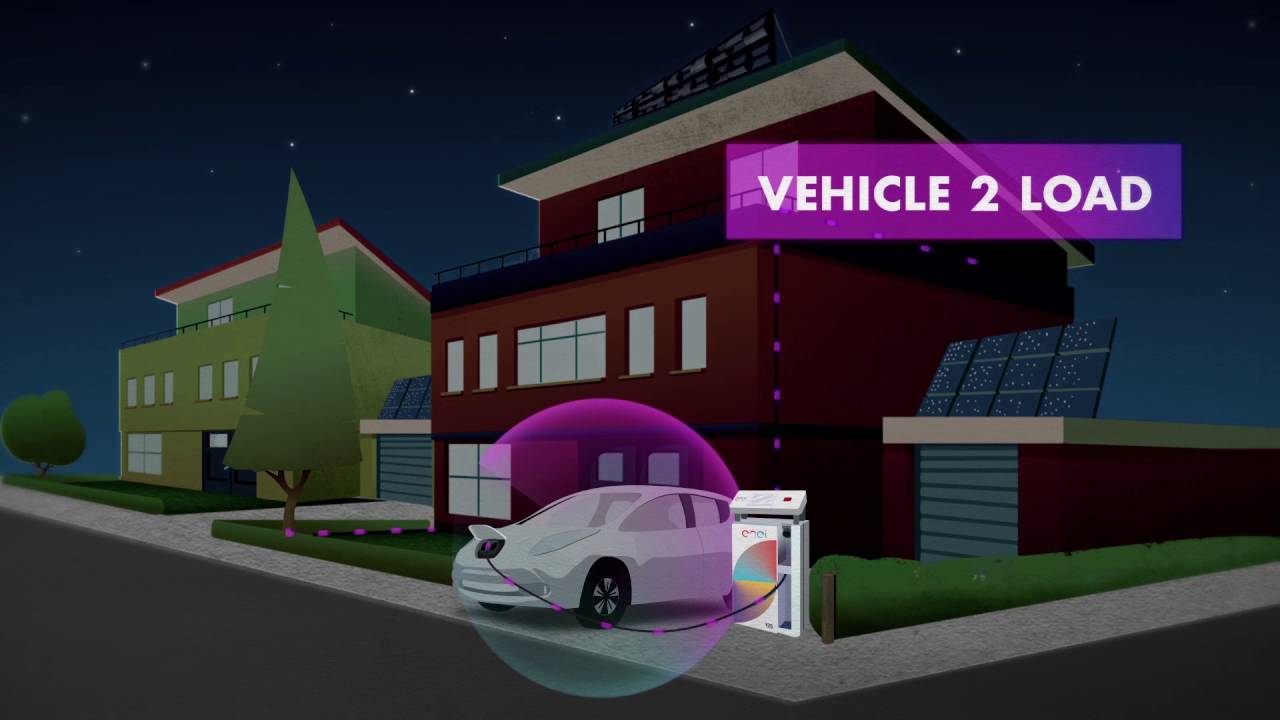My new story for TechCrunch on why a new generation of kids might “really” love robots. What would Freud say?
Robots intrigue us. We all like them. But most of us don’t love them. That may dramatically change over the next 10 years as the “robot nanny” makes its way into our households.
In as little time as a decade, affordable robots that can bottle-feed babies, change diapers and put a child to sleep might be here. The human-machine bond that a new generation of kids grows up with may be unbreakable. We may end up literally loving our machines almost like we do our mothers and fathers.
I’ve already seen some of this bonding in action. I have a four-foot interactive Meccanoid robot aboard my Immortality Bus, which I’ve occasionally used for my presidential campaign. The robot can do about 1,000 functions, including basic interaction with people, like talking, answering questions and making wisecracks. When my five-year-old rides with me on the bus, she adores it. After being introduced to it, she obsessively wanted to watch Inspector Gadget videos and read books on robots.
My two daughters (the other one is two years old) have always been near technology, and both were able to successfully navigate YouTube watching videos on iPhones by the time they were 12 months old. Yet, while my kids love the iPhone, and they want to use it regularly, it doesn’t bond them to technology in a maternal sense like the Meccanoid robot does. More importantly, the smartphone doesn’t bond them to technology in an anthropomorphic sense — where one gives technology human attributes, like personalities.
Read more
